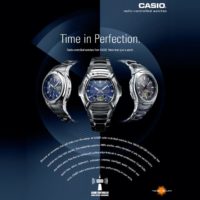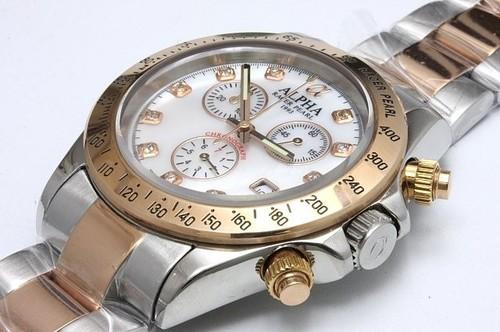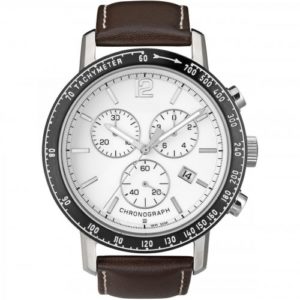Radio controlled watches were for many years seen as something of a novelty. However, for those of us with a desire to know the precise time they are quite possibly the most accurate timekeeping devices available outside of the lab.
Japanese manufacturers such as Casio watches have traditionally led the market in this style of timepieces. The watches work by synchronising their internal systems with the broadcast signal each day. Outside of that time, the clock keeps time using its own quartz-controlled mechanism.
Time by NPL
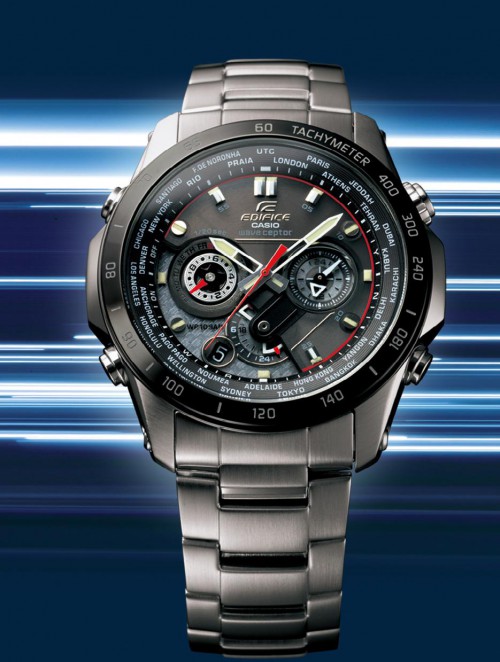
The signal used in the UK is known as ‘Time by NPL’ and is broadcast from a transmitter with the radio call sign MSF. The MSF transmitter broadcasts its data to watches and other timepieces by ‘pulsing’ its signal. This means that it is switched on and off very quickly for brief intervals near the beginning of each second to encode the current time and date.
The time signal broadcast does not simply signify a random point decided upon by the transmitting station. In the case of the UK station, the source of the signal is the world’s most accurate atomic clock. The National Physics Laboratory’s CsF2 is a “caesium fountain” atomic clock.
Accuracy to 1 second in 138 million years
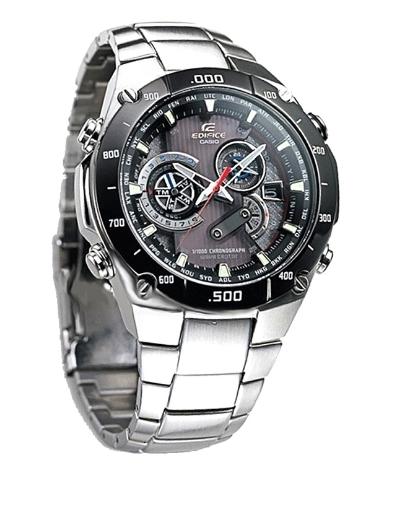
In a system such as this, the “ticking” is provided by the measurement of the energy required to change a property of caesium atoms known as “spin”. Using this ultra-precise method of timekeeping the clock will vary by less than a second in 138 million years.
Anthorn Transmitting Station, Cumbria
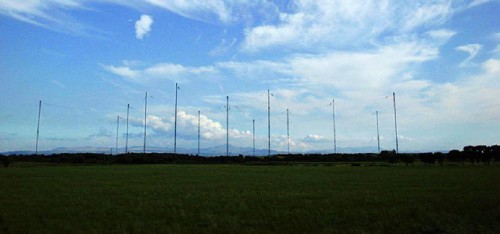
Alongside the encoded time information, the transmitted signal also carries information such as the addition of leap seconds and whether British Summer Time is currently in force. During night-time, the signal has a range of around 1000 kilometres from its base in Anthorn, Cumbria. Time stations usually operate below the Long Wave radio band (you may still use Long Wave to listen to Test Match Special and Today in Parliament on BBC Radio 4)
There are a number of reasons for operating here. Signals at these low frequencies are strongly received in their target areas both day and night. The ground wave of the signal is relatively stable and unlike FM transmissions that can only be received as far as the horizon, Long wave can be received clearly for hundreds of miles.
Low uncertainty time signals
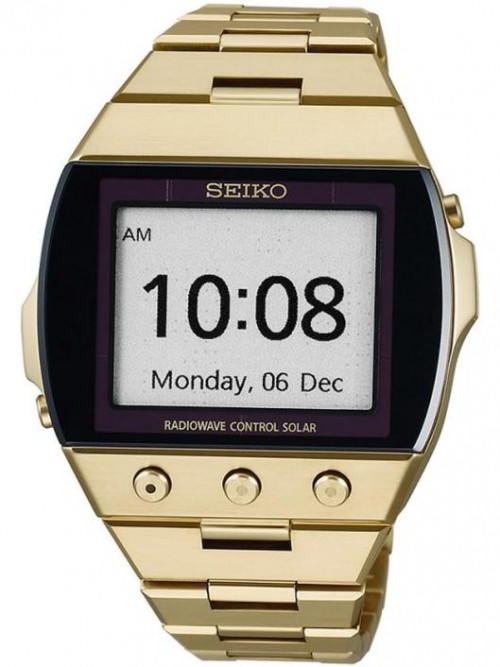
The highly predictable radio propagation characteristics found at these frequencies gives low uncertainty in the received time signals as well as wide coverage. If higher frequencies were used, there is a strong likelihood that these signals would have ‘skipped’ between the ionosphere and the earth. This can add up to 200 ms of path delay.
However even in perfect conditions the signal received can never be completely accurate as the distance between the transmitting station and the receiving station can account for a few microseconds of difference. But for the wearer of an average Seiko or Casio watch model this will not matter. The time signal will still be extremely accurate and the end user, wearing an average wristwatch from Casio watches, will be unable to notice the exceptionally minor difference.
Corrected overnight

One problem associated with the frequencies in use can be the susceptibility to interference from items such as florescent lights, televisions and computers. Metal surfaces and steel supports found in many buildings also operate as a Faraday Cage and can shield watches and clocks from receiving the signals. To overcome these problems and ensure the watch receives the correct time information, it is recommended to try leaving the watch near a secured window overnight.
With the correct time available 24/7, you are sure to get an update soon.
